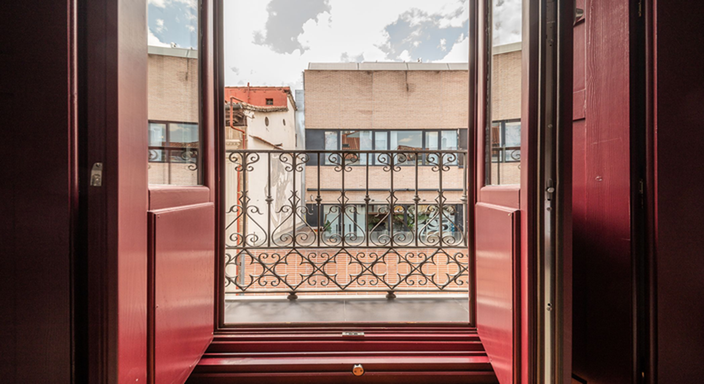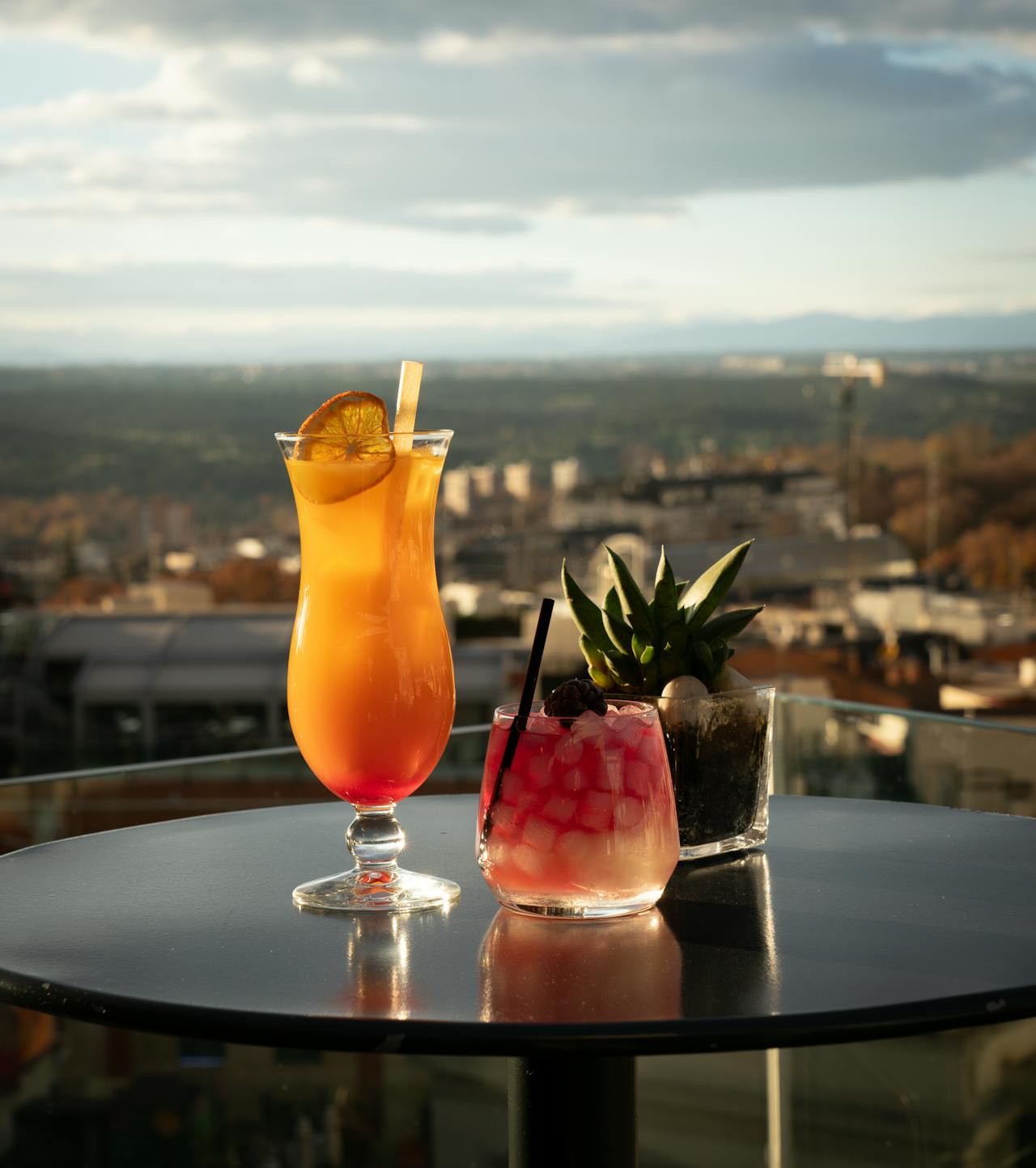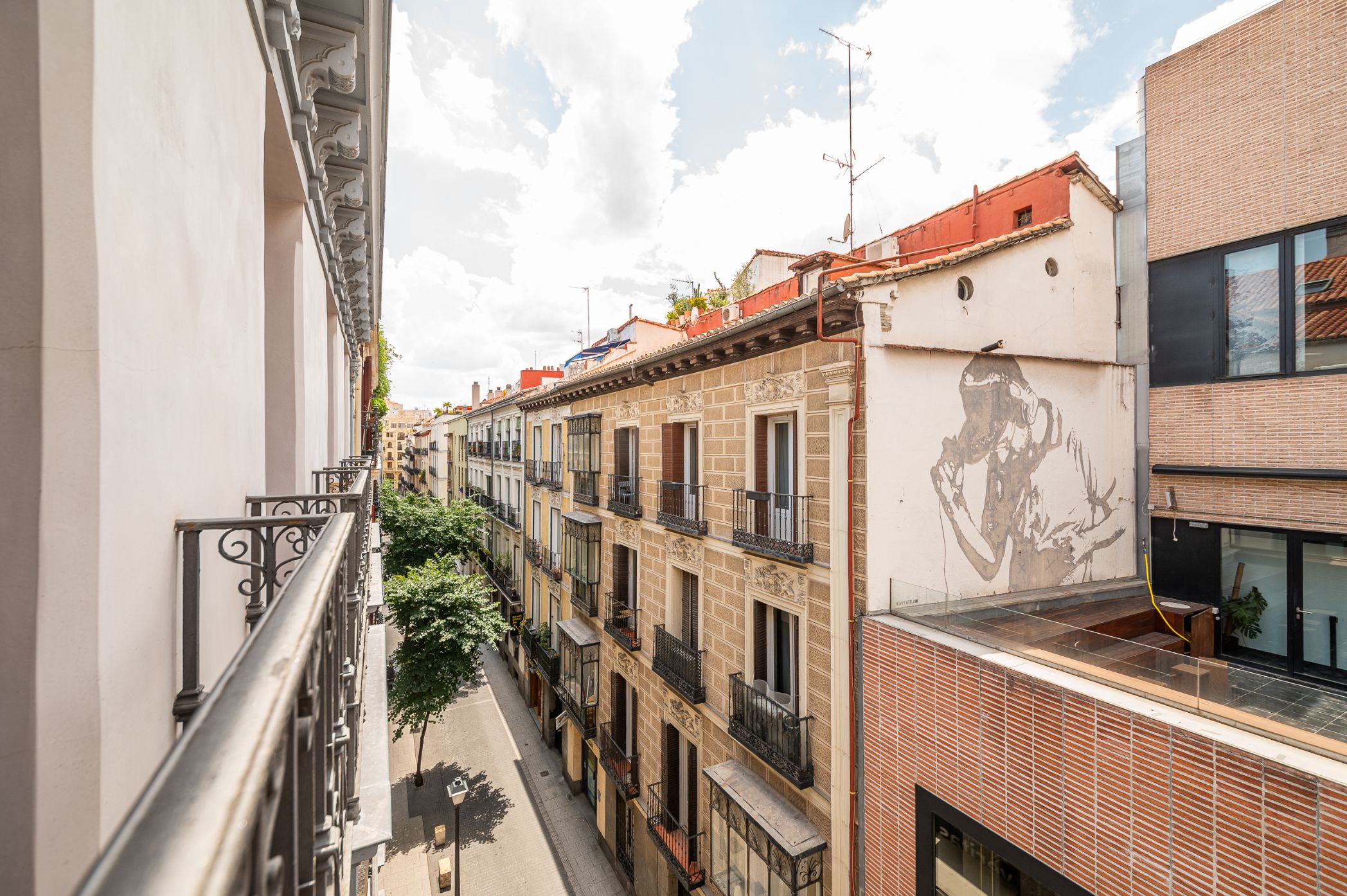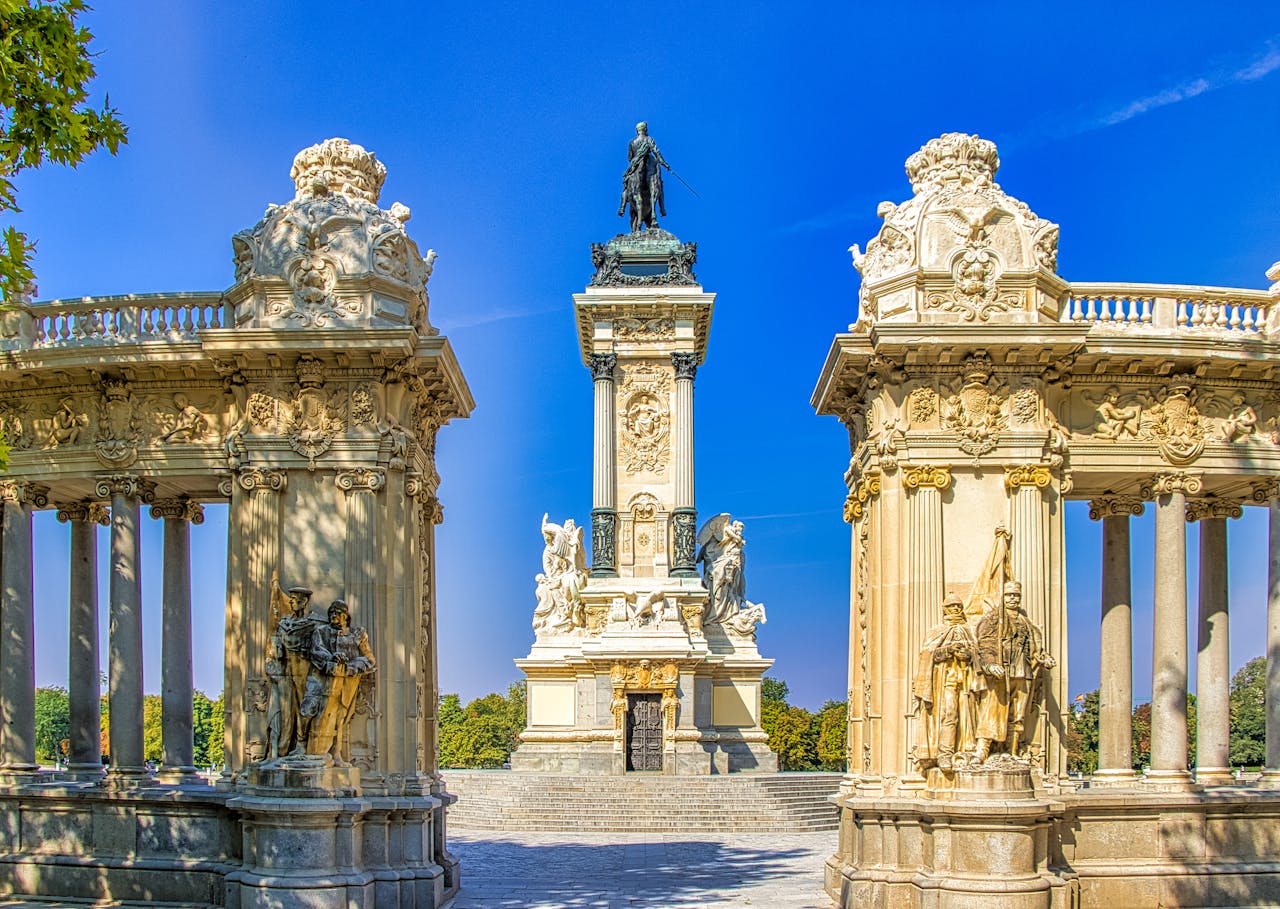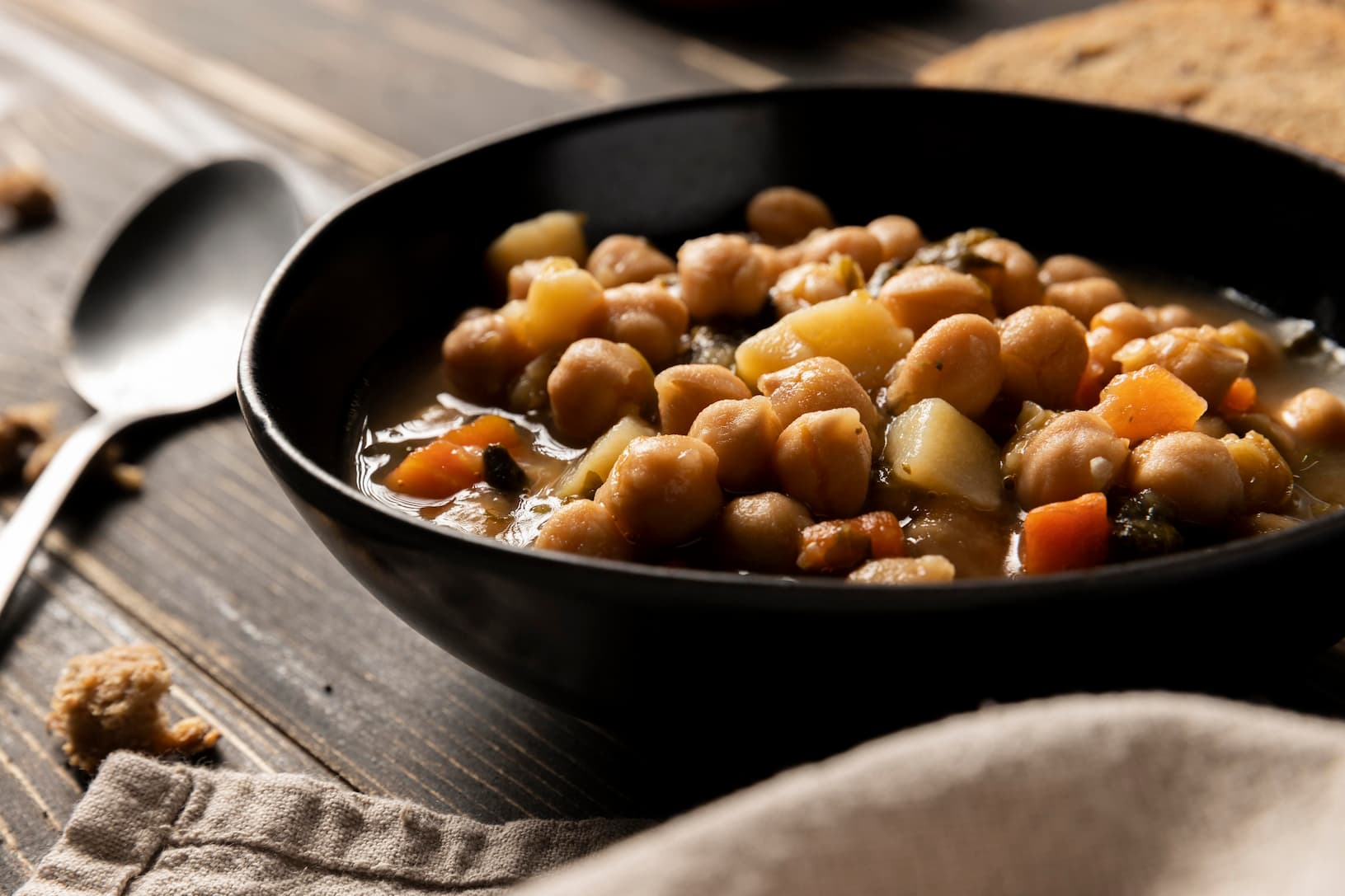Madrid’s gastronomy is a journey that combines tradition and modernity. From the fresh ingredients found in the markets to the typical dishes that delight locals and visitors, Madrid’s cuisine offers a unique experience. Chueca, with its vibrant atmosphere, is the ideal place to enjoy this rich culinary offer. Here, you can find everything from traditional tapas to innovative fusion restaurants that reflect the evolution of the Madrid palate.
Essential Ingredients of Madrid’s Gastronomy
Madrid’s cuisine is defined by its richness and variety through fresh, quality ingredients. The tradition of local markets guarantees a unique experience in every dish and supports the typical Madrid food that we all come to find.
Fresh Products from Madrid’s Markets
Madrid’s markets are the beating heart of Madrid’s gastronomy. Here, fresh ingredients become the stars, offering a wide range of products that bring the city’s most representative dishes to life.
Seasonal Fruits and Vegetables
At different times of the year, fresh fruits and vegetables are a constant on the Madrid table. During spring and summer, the melon from Villaconejos and the strawberries from Aranjuez stand out. These intense flavors are ideal for salads or desserts. In winter, products such as asparagus from Aranjuez make their appearance, bringing freshness to dishes at a time when variety seems scarcer. We usually “sin” with strawberries from Aranjuez after strolling through Chueca: a simple dessert and a guaranteed success.
Legumes and Their Importance in Madrid’s Cuisine
The chickpea is undoubtedly the king of legumes in Madrid. This ingredient is essential for traditional dishes such as cocido madrileño. Other types of legumes, such as judiones de la Granja, also have a prominent place in local cuisine, showing the versatility and flavor of the Madrid diet. For one of those gastronomic experiences in Madrid that warm the soul, a casserole dish always works.
Traditional Meats and Offal
The meats in Madrid are a reflection of the culture of making the most of everything. Offal, which includes various less common cuts, has managed to make a name for itself in Madrid’s gastronomy and seduces the most adventurous.
Most Popular Offal Dishes
Callos are the star dish of this tradition, offered in many food houses and restaurants. Along with them, gallinejas and entresijos are other delicacies that redefine the Madrid culinary experience, showing the richness of offal.
Game Meats and Their History in Madrid
Game meats, such as partridges and pheasants, have their origin in the Madrid Slaughterhouse, which facilitated their commercialization since the beginning of the 20th century. These meats bring a robust and characteristic flavor to the dishes, becoming a symbol of the local gastronomic offer.
Fish and Seafood in the Interior of Spain
Despite its distance from the sea, Madrid enjoys a great variety of fish and seafood. Mercamadrid, one of the main fish markets in the world, is responsible for providing fresh and excellent quality products. This is also part of what to eat in Madrid when you fancy something from the sea.
The Presence of Cod in Madrid Dishes
Bacalao is a prominent ingredient in Madrid’s cuisine, present in different preparations ranging from savory dishes to homemade stews. This versatility makes it a favorite among local cooks.
Squid and its Fame in the Plaza Mayor
The bocadillo de calamares is an emblem of Madrid’s gastronomy, especially in the Plaza Mayor. Here, battered and fried squid are sold in sandwiches, offering a delicious experience that cannot be missed. This dish not only satisfies the palate, but becomes part of the cultural experience of the city.
Typical Madrid Dishes that You Can’t Miss
Madrid’s gastronomy stands out for a series of iconic dishes that represent the essence of the city. From hearty stews to tapas that have conquered the world, here are the delicacies that every good food lover should try when thinking about what to eat in Madrid.
The Famous Cocido Madrileño and its Phases
Considered one of the most representative dishes of Madrid, cocido madrileño is a stew that combines meat, legumes and vegetables in a tasty broth. It is enjoyed in three phases, turning the meal into an experience.
Emblematic Houses to Enjoy Cocido
In the city, there are several houses dedicated to preparing this delicacy in a traditional way. Among the most recognized are:
- La Bola: famous for its cocido served in clay pots.
- Malacatín: a classic that does not disappoint cocido lovers.
- Casa Lucio: known for offering a variety of traditional dishes; cocido stands out here.
Callos a La Madrileña: Tradition and Flavor
Callos are another emblematic dish that is part of Madrid’s culinary tradition. This stew, which uses tripe meat and different cuts, is cooked with a delicious spicy sauce that enhances its traditional flavor.
Bocadillo De Calamares, the King of Bars
On any good gastronomic route through Madrid, you can’t miss the famous bocadillo de calamares. It is served in crispy bread and is perfect to accompany with a cold beer.
Patatas Bravas with Their Special Sauce
Patatas bravas, another emblem of Spanish cuisine, are prepared with pieces of fried potato covered in a brava sauce that varies from bar to bar. This dish has become a must-have tapa to share at any gathering.
Other Traditional and Popular Dishes
Beyond those mentioned, Madrid offers a great variety of dishes that reflect the richness of its gastronomic culture. Some of these are besugo a la madrileña, bartolillos and torrijas. The diversity of Madrid’s cuisine is evident in each one, where each bite tells a story and reflects the personality of the city. Trying these delicacies is to immerse yourself in the typical food of Madrid.
The Historical Evolution of Cuisine in Madrid
Madrid’s cuisine has come a long way, reflecting the social, economic and cultural transformations of the city. From the times of the Court to the present, its evolution is a testament to the melting pot of influences that characterize it.
The Influence of the Court and Felipe II
The designation of Madrid as capital in 1561 by Felipe II marked the beginning of a new culinary era. The arrival of the nobility was an impulse for Madrid’s gastronomy. In this context, traditions flourished that mixed local ingredients with more sophisticated techniques.
Aristocratic Cuisine versus Popular Cuisine
Aristocratic cuisine stood out for its elaborate recipes and the use of exotic ingredients. On the other hand, popular cuisine remained simple and focused on what the land offered. This contrast represented a dialogue between the traditional and the refined, which we still notice today when eating in Chueca: a traditional bar and a fusion restaurant can be neighbors.
The Time of the Inns and the 19th Century
Moving on to the 19th century, inns began to proliferate in Madrid, becoming gastronomic refuges where typical dishes were offered to a wider public. This era marked the true birth of homemade food in the city.
Classic Dishes that Emerged in that Period
Cocido madrileño, callos a la madrileña and bartolillos are consolidated in these decades, with versions that each house defends as the best.
Transformation and Modernity in the 20th Century
During the 20th century, Madrid’s gastronomy underwent a great change, expanding its horizons and adopting foreign influences. This period brought a greater openness towards new culinary trends.
New Trends and Fusion in Bars and Restaurants
The rise of bars and restaurants that specialized in the fusion of flavors allowed an explosion of creativity. Establishments in neighborhoods like Chueca began to experiment by incorporating international ingredients, always maintaining the Madrid essence. This is how many of the gastronomic experiences in Madrid that we enjoy today are born.
Pastries and Typical Sweets of Madrid
Madrid’s pastry is a feast for the senses. With deep roots in history and constant evolution, Madrid’s sweets are not only a delight, but also tell stories of traditions and celebrations.
Churros with Chocolate, the Essential Tradition
You can’t talk about pastry in Madrid without mentioning churros with chocolate. Perfect winter breakfast and snack that you want all year round. A good thick chocolate and crispy churros are a simple and happy gastronomic experience in Madrid.
Festive Sweets and Their Cultural Roots
The rosquillas de San Isidro and the torrijas at Easter are essential, as are the Roscón de Reyes and the huesos de santo on their dates. Tradition that is eaten and celebrated.
Innovation in Contemporary Madrid Pastry
As Madrid has modernized, so has its pastry. Pastry shops—including those in Chueca—play with flavors and techniques, reimagining classics without losing their essence.
Wines and Drinks that Accompany Madrid’s Gastronomy
Madrid’s gastronomy is complemented by wines and drinks that enhance the experience.
Denomination of Origin Wines of Madrid
Although recent, the D.O. grows strongly:
- Arganda: full-bodied reds, perfect for cocido.
- San Martín: fresh and fruity wines, ideal for tapas.
- Navalcarnero: diverse range, also sparkling.
Liqueurs and Traditional Non-Alcoholic Beverages
From draft vermouth to herbal liqueur after eating; and, when the heat hits, horchata and fresh waters. Simple plan that fits with what to eat in Madrid on a day of terraces.
Restaurants, Bars and Places with History in Madrid
Madrid’s gastronomic offer is rich in tradition and full of history. From inns that have lasted for generations to modern restaurants that reinvent classic dishes, the tour reflects the culinary evolution of the city.
Emblematic Inns and Mesones in the Center
- Casa Lhardy (1839): legendary cocido and pastry.
- El Riojano (1855): homemade tapas and attention to detail.
- La Tasquita de Enfrente: tradition with a contemporary look.
Gastronomy in the Chueca Neighborhood
Chueca is one of the most emblematic neighborhoods of Madrid, known for its cultural diversity and its vibrant social life. Here, Madrid’s gastronomy is expressed with warmth and openness.
Tapas Bars and Essential Terraces
In Chueca, the terraces are perfect for enjoying the atmosphere. Some names that always come up in conversation are Bar Tomate, El Tigre and the cafeteria of the Mercado de San Antón, where sushi and Iberian ham coexist. In San Antón, the typical thing happened to us: we were going “just to look” and ended up with a shared portion, dessert and coffee in the sun. Zero regrets.
The Gastronomic Revolution: Modern and Fusion Restaurants
Proposals such as Muñiz, StreetXO or Ramen Kagura show that mixture of flavors that fits so well with the character of the neighborhood.
Eating in Chueca: Practical Tips from Libertad 24
If you stay in Apartamentos Turísticos Libertad 24, you will have everything at hand to eat in Chueca without complications. At noon, the menú del día of nearby taverns is your best friend; in the afternoon, bar snacks with Russian salad, patatas bravas and a glass of Madrid wine; and at night, shared portions and some nod to fusion cuisine. Ask for half portions to try more things without blowing the budget: a little trick that turns dinner into one of those gastronomic experiences in Madrid that you remember with a smile.
Schools and Training in Gastronomy in Madrid
Training in gastronomy in Madrid is essential to keep the city’s rich culinary tradition alive. From cooking schools to practical workshops, the capital offers options to learn and enjoy.
Main Centers and Their Educational Offer
The Escuela Universitaria de Hostelería y Turismo de Sant Pol de Mar, Le Cordon Bleu Madrid, the Culinary Institute of America (programs in the city) or the Escuela de Cocina de Madrid provide different approaches, from the classic to the contemporary.
The Importance of Training to Preserve Madrid’s Gastronomy
Transmitting techniques and updating recipes ensures that the typical food of Madrid remains alive and is projected into the future. Trained chefs act as ambassadors inside and outside the city.
Workshops and Gastronomic Experiences for Tourists
From tapas workshops to paella classes and pastry, they are a direct and fun way to take a piece of Madrid with you. They are, literally, gastronomic experiences in Madrid made to participate.
Eating in Madrid: a Practical Guide for Gastronomic Tourism
Enjoying the food in Madrid is an adventure full of flavors and traditions. The capital offers a wide range of options, from vibrant markets to typical tapas bars.
Essential Gastronomic and Street Markets
A culinary trip would not be complete without passing through San Miguel, Antón Martín or La Cebada. Each one has its personality and its way of understanding Madrid’s gastronomy.
Tapas Bars and Cafes to Enjoy like a Madrid Native
El Sur, Bodega de la Ardosa or Casa Revuelta are proper names on any route that seeks the authentic.
Places to Try Typical Dishes at Different Times of the Year
In winter, cocido madrileño is almost mandatory; in spring, Aranjuez strawberries conquer display cases; in summer, gazpacho refreshes any terrace. This is how to answer, without complications, the eternal question of what to eat in Madrid according to the season.
Tips for Living the Madrid Culinary Experience to the Fullest
Adjusting schedules (lunch around 2:00 PM and dinner from 9:00 PM), trying the menu of the day, and asking for local recommendations are simple shortcuts to squeeze the most out of every meal.
You can eat very well from Chueca. And if you do it leaving from Libertad 24, even better: you go down to the street, choose a bar or terrace, and treat yourself to a while of Madrid gastronomy without haste. Here the city provides the flavor; you, the desire.


